We recently connected with Jingyao Huang and have shared our conversation below.
Alright, Jingyao thanks for taking the time to share your stories and insights with us today. We’d love to hear about a project that you’ve worked on that’s meant a lot to you.
In recent years, I am focusing on a project which transcends the traditional boundaries of photography, materials, and even the language of the medium. Drawing inspiration from the history of photography, tracing its origins back to the camera obscura and the way painters used it to depict landscapes, I feel compelled to challenge the conventional practices of this art form and explore new possibilities.
My work serves as a gateway to the inner ideology, where photography and materials act as guides, and the language of photography is extensively integrated into the open space of the white cube. Through the deconstruction and reassembly of photographs, accomplished through collages, sculptures, installations, and site-specific projects, I aim to experiment photography beyond traditional paper printing into three-dimensional installations.
The driving force behind my expression lies in a profound response to the sense of alienation in unstable environments. I delve into the profound meaning and value embedded in personal identity, cultivating a habit of deliberately altering perspectives during shooting photos to objectively understand the surrounding environment. In this context, photography becomes not just a capturing tool but a medium that allows me to redefine and reshape the perception of my daily life experiences.
Delving into the vocabulary of photography, my work transforms into an exploration of spatial relationships between images and materials, as well as light and shadow. My research traverses the evolution from figurative photography to abstract geometric concepts, inspired by the research in ancient Chinese figurative patterns to geometric abstractions in everyday life.
In my recent works, a specific building repeatedly appears in photographs, symbolizing the memory of time. The form of the building is translated into complex and multi-layered rectangles in response to ongoing socio-political events. The subtle fusion of personal experiences with external influences defines the complexity of my creative process, making each piece a memory to the dynamic interaction between myself and the world.
An essential component of this meaningful project is the exploration of materials, with plastic being a particularly intriguing substance. Besides its practical applications, I like its transparency, reminiscent of the layers of glass in a camera lens. Plastic, once a controversial material in my background, has undergone changes in societal perception over the years, becoming an essential point in my work. By incorporating plastic into my creations, I intentionally challenge the traditional boundaries of photography and materials, associating the label of “non-biodegradable” with memories captured through my lens.
This series of works represents a bold attempt to break free from the two-dimensional spatial constraints of photographic images. The transition from 2D to 3D is not just a visual transformation but a meaningful effort to transcend the traditional one-way relationship between images and viewers. These images, now presented in the form of installations, are released into the viewer’s space, inviting them to engage in a multidimensional and interactive experience, transforming traditional flat images into dynamic sculptural entities.
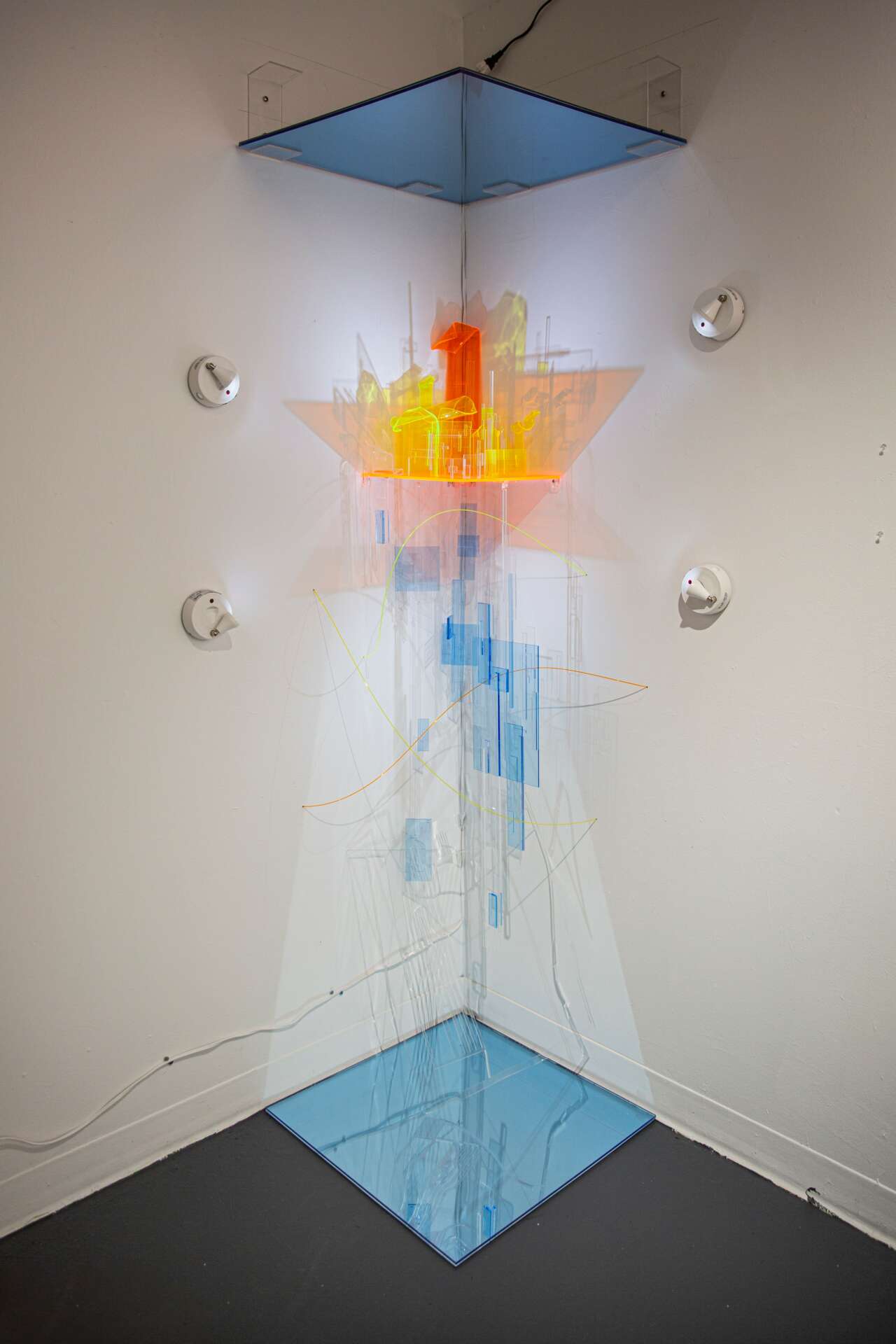
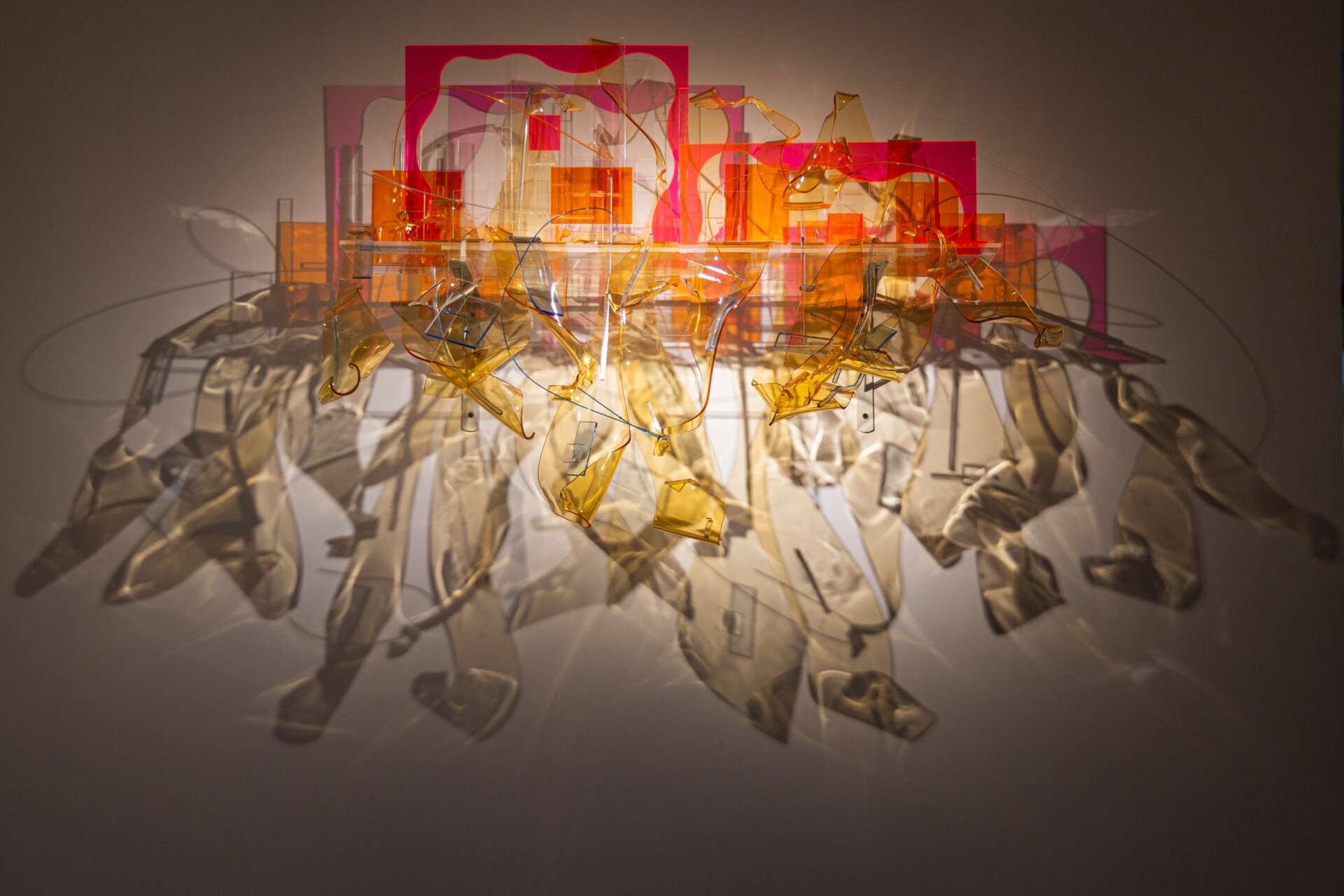
Awesome – so before we get into the rest of our questions, can you briefly introduce yourself to our readers.
I am a multidisciplinary artist, using photography as a visual language to make installations. In 2015, I came from Guangzhou, China, to study photography at the School of Visual Arts in New York. At that time, the school’s photography department had just transitioned into the Department of Photography and Video, allowing me to systematically explore the realm of videography. However, during a photography history course, I observed the rapid development of the video branch in photographic history, while my interest in static photography remained confined to exquisite prints, overshadowed by the intense focus on printing and equipment technology. Despite the ubiquity of photography today, with even smartphone cameras featuring multiple lenses, the pursuit of technological advancement prevails. This prompted me to think about whether photography could offer alternative possibilities for more creative expressions of my intentions.
From 2018 until now, I have been experimenting with various techniques to print photographic images on diverse mediums such as aluminum, wood, glass, and stone, and eventually discovering acrylic as the most suitable medium for my expression.
Throughout my exploration, themes like Bauhaus and Вхутемас; constructivism and the evolution of ancient Chinese figurative patterns into everyday geometric abstractions; the symbolism of the East and West; the notions of irreversibility and fragmented memories; have been constant important points of my research. My inspiration primarily came from Hubert Damisch’s book “La Dénivelée,” where he delves into the essence of painting and visual arts, attempting to connect visual phenomena with philosophy, history, and culture. Damisch asserts that the visual impact of an artwork depends not only on the work itself but is also influenced by the viewer’s subjective experiences and cultural background. Thus, viewing artwork becomes a subjective process that requires viewers to comprehend the inner structure and meaning of the piece. Motivated by this book, my practice also involves the subjective process of viewing and understanding artworks. I aim to challenge traditional photographic practices and transform images into three-dimensional installations using different materials and techniques. This transformative process extends beyond physical space changes, delving into the subjective experiences of the audience and the impact of cultural backgrounds on the meaning of the installations.
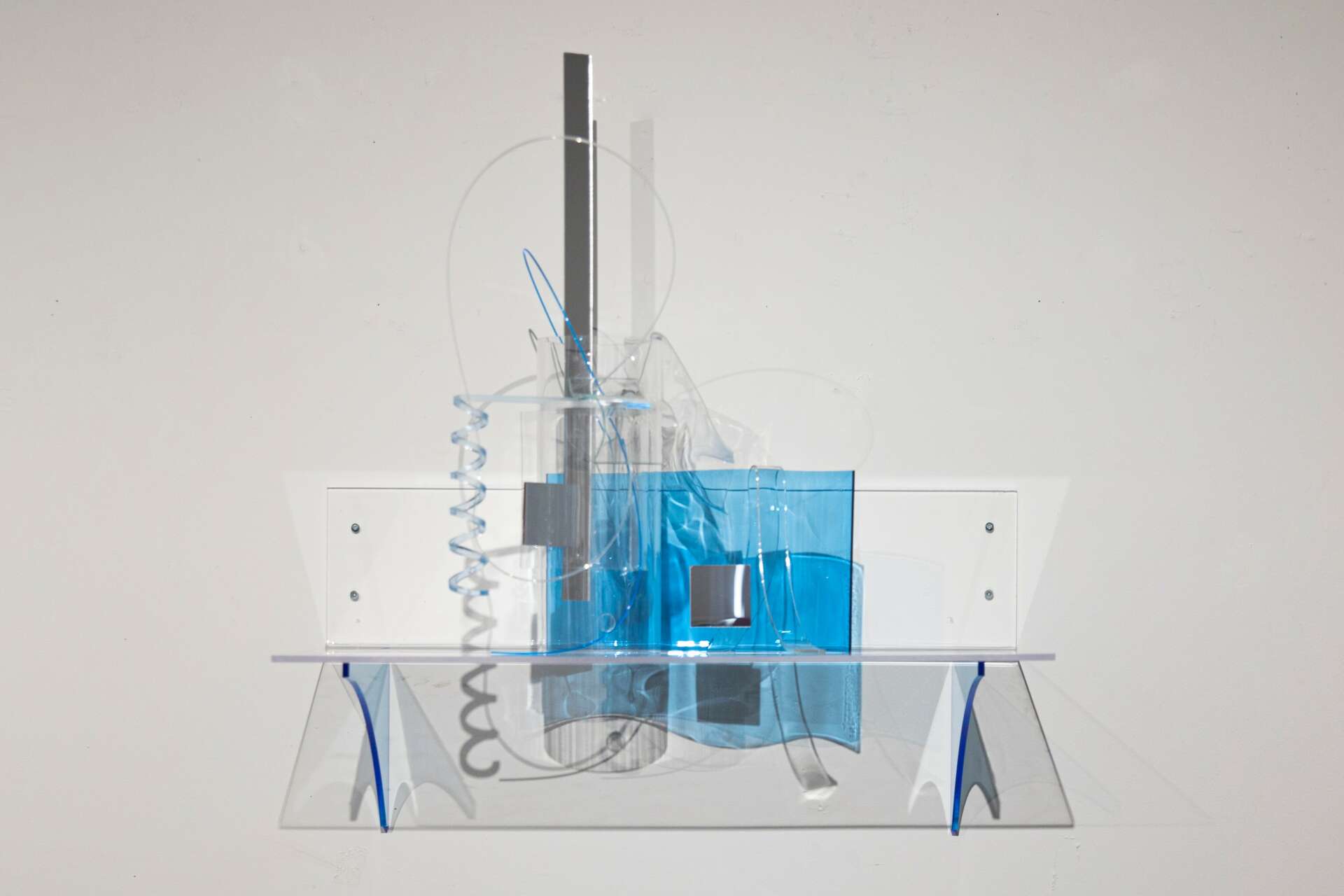
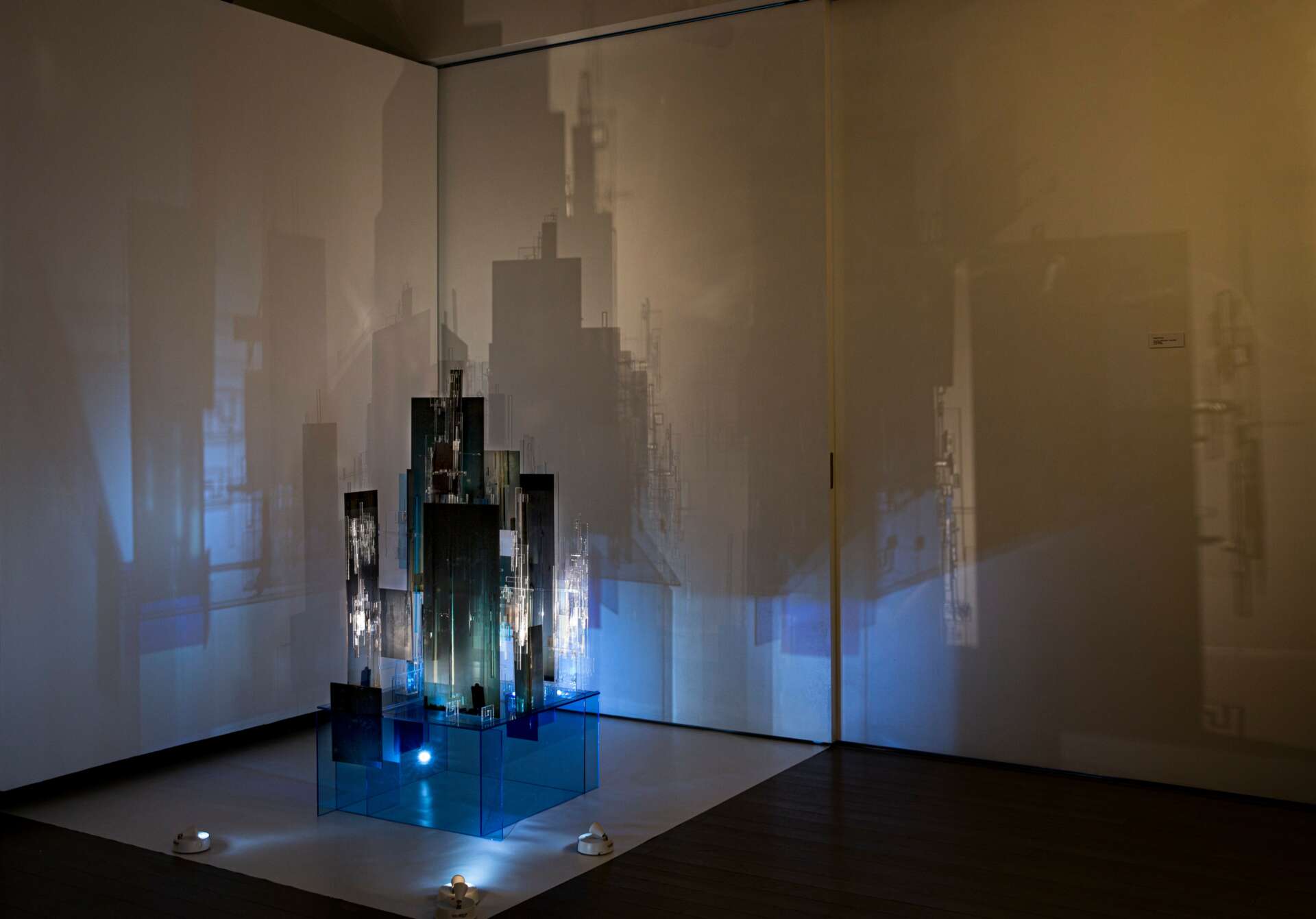
Is there mission driving your creative journey?
The inspiration and driving force behind my creative work lie in the translate of inner ideologies into expressions in the real world. My installations are the concrete representations of my understanding of internal ideologies. After graduating with a bachelor’s degree in photography in 2019, I began to question whether photography was the ideal medium for my artistic endeavors. Following over a year of working in the art field, particularly during the loneliness of the pandemic, I decided to explore interdisciplinary studies and enrolled in the MFA Fine Arts program. During my graduate studies, I learned how to use photography and various other media to articulate my ideas. The constant motivation for my creative process stems from the inspiration derived from internal consciousness and presenting these thoughts through diverse media has been an enduring driving force for my continuous artistic pursuits. This period of time has been truly unforgettable for me and driving me to develop my research.
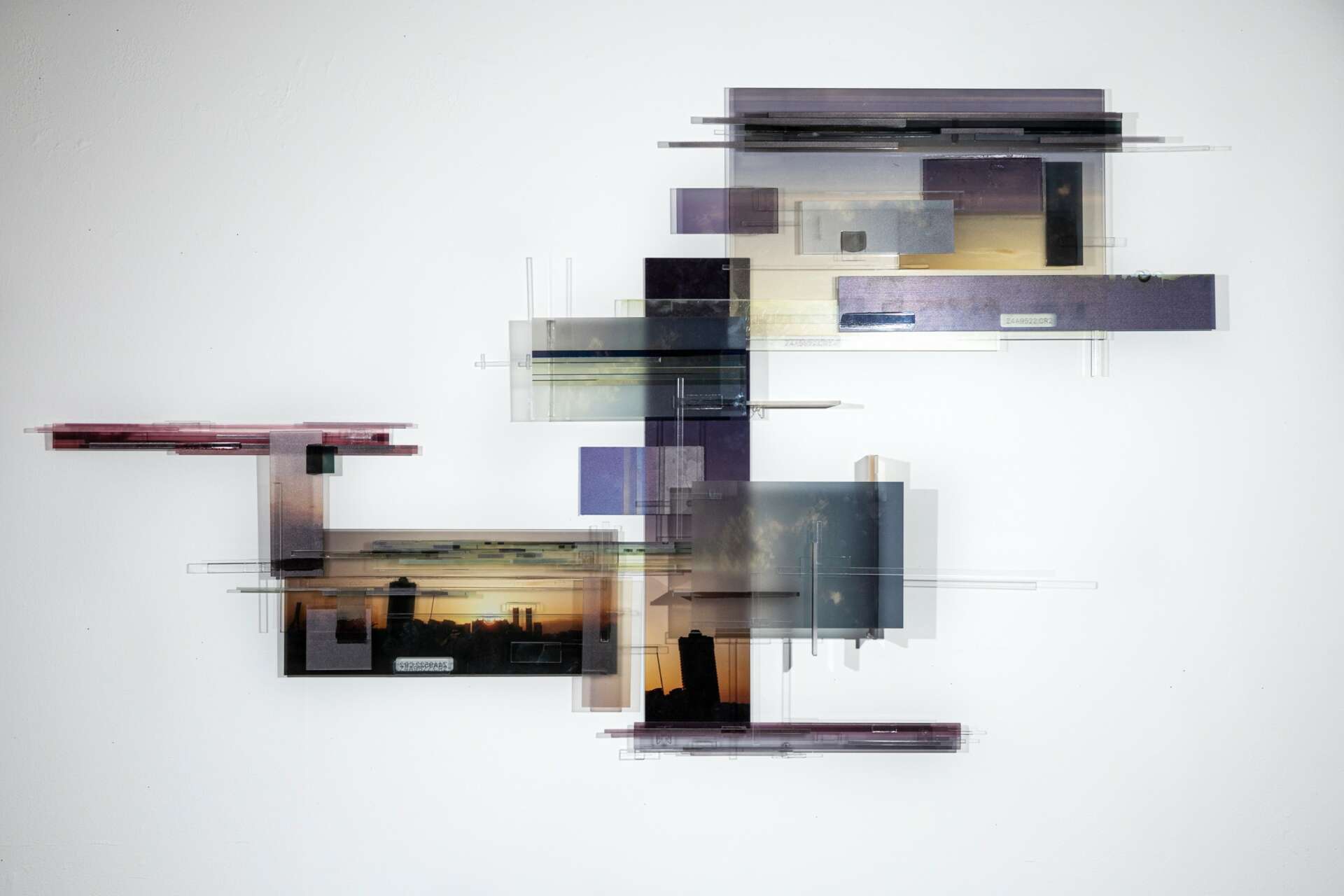
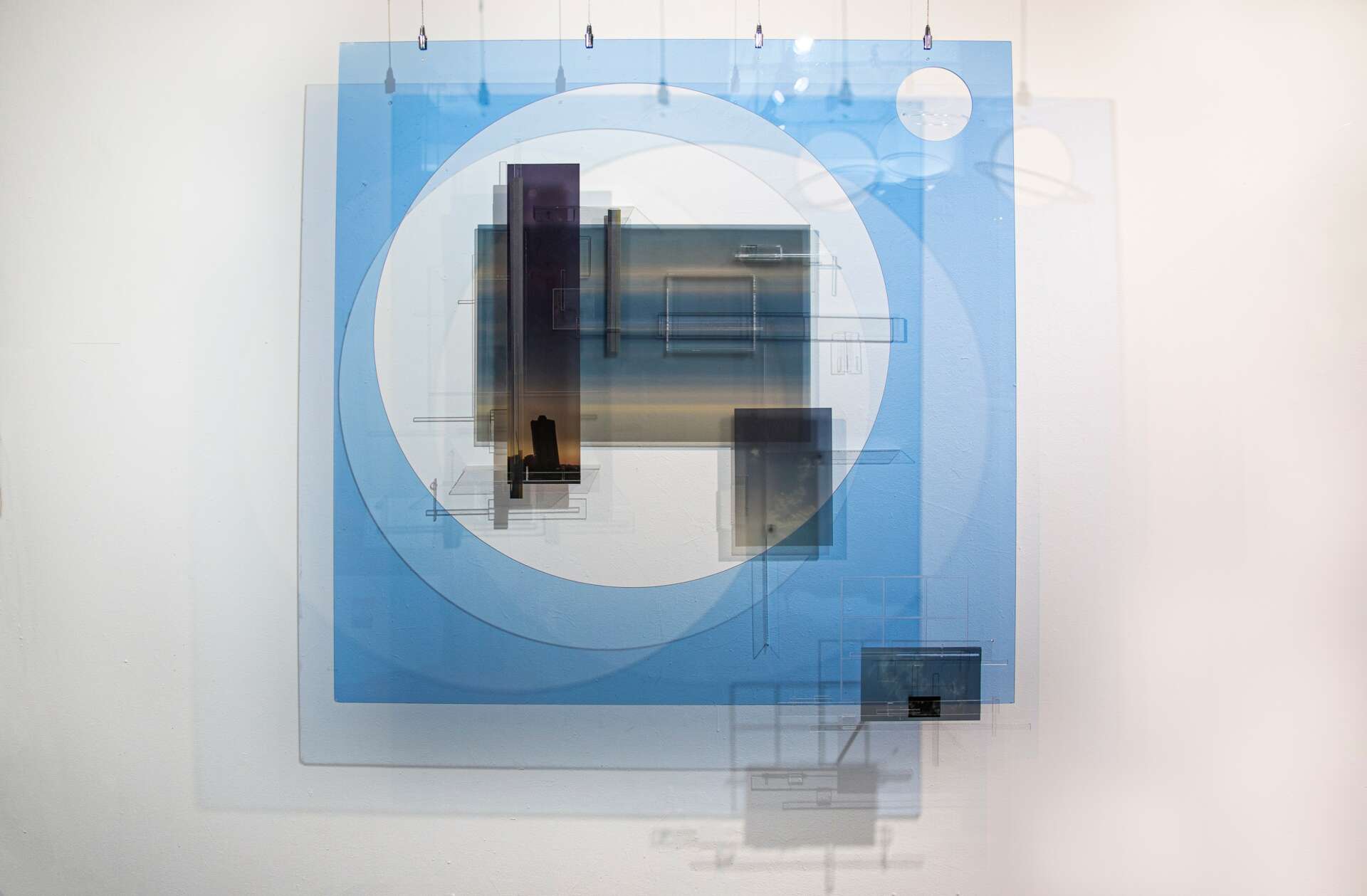
What do you find most rewarding about being a creative?
The opportunity to become a professional artist for sure. Transforming the beloved field into a lifelong profession is undoubtedly the best thing in life. On the journey of artistic creation, meeting people from all around the world, sharing our stories, exploring various possibilities in society, and having diverse life experiences, not only shapes mutual influence but also provides continuous inspiration for art.
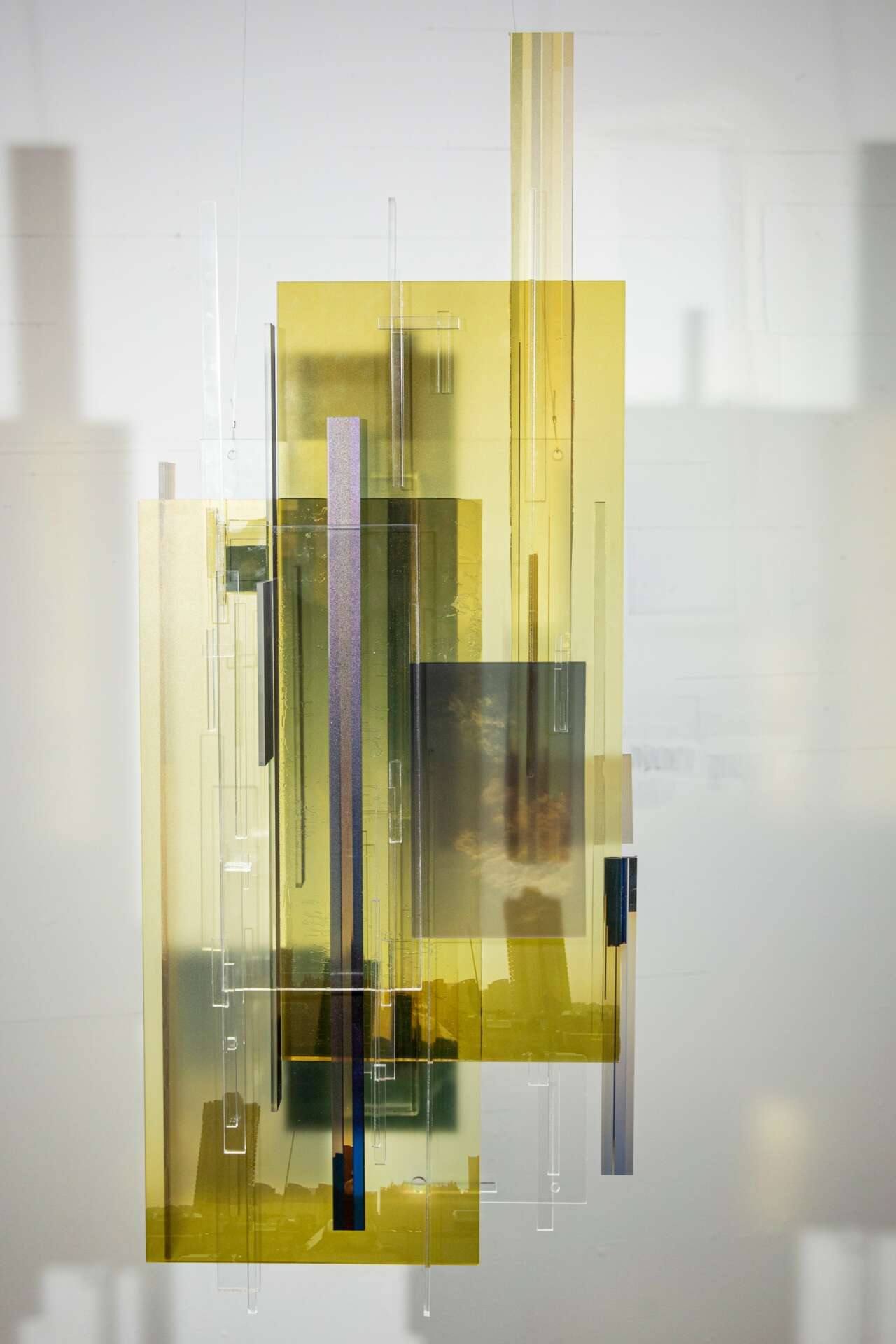
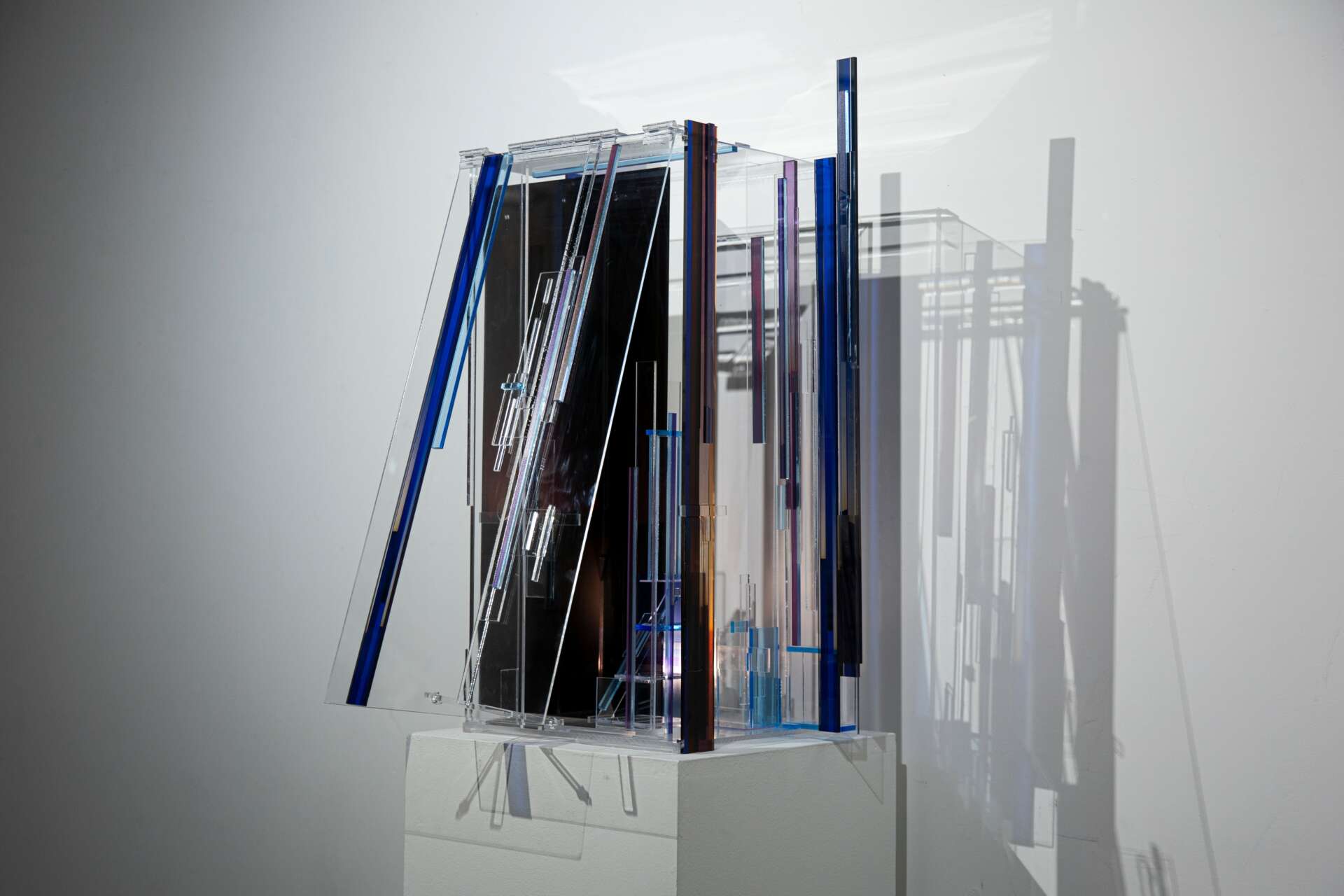
Contact Info:
- Website: www.jingyaohuang.com
- Instagram: jingyao_huang
Image Credits
Jingyao Huang


